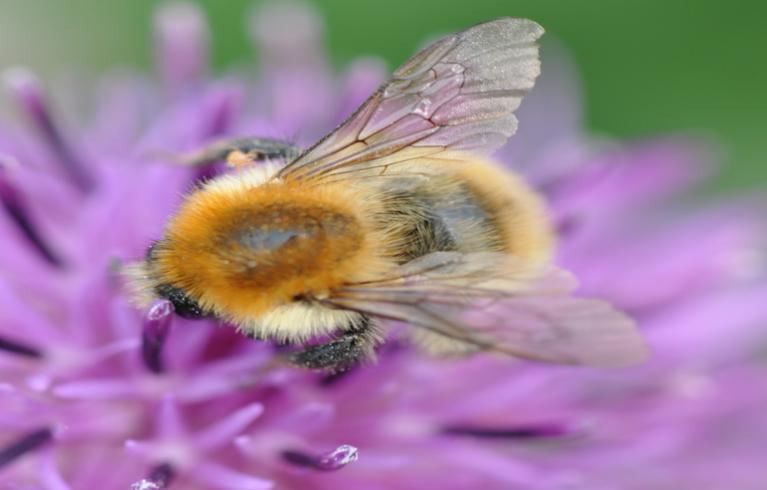
Key information
Publication type: General
Publication date:
Contents
The London Environment Strategy sets out how the Mayor will work with others to make sure London's biodiversity is enhanced and more Londoners can experience nature. To support the conservation of London’s wildlife the Mayor has produced an updated list of priority species that are of particular conservation importance in London.
What are priority species?
Over 15,000 different species have been recorded in London. Identifying a smaller number of priority species allows conservation efforts to be focused towards those species that need help the most. London’s priority species are those species we share our city with that are national priorities for conservation and those that we believe to be declining in London or beyond.
Who should consider Priority Species?
All decision makers, land managers and landowners should take priority species into account when evaluating or delivering projects which could impact upon a priority species or provide opportunities to support their conservation. This would include, for example:
- Ensuring development proposals adequately consider the impacts of the development on priority species and provide net gains for biodiversity.
- Seeking ways to deliver net biodiversity gains that create habitats for priority species through other land use changes.
- Tailoring the management of land, including parks and greenspaces, to provide habitat features that priority species require. This could mean creating more flower-rich grasslands, ponds or new hedgerows and putting in place the means to manage them.
- Designing new buildings and urban greening to create habitat or features (for example, nesting and roosting sites) which support their conservation.
Priority species are a material consideration in planning and all public bodies are require to take account of priority species when exercising their normal functions under the Biodiversity Duty placed on them by the Natural Environment and Rural Communities Act 2006.
Using the Priority Species List
The list has been provided in a spreadsheet tool which allows users to identify priority species which may be relevant to their activities. It incudes information on the conservation status and London distribution of each species.
The tool also includes a new category of Opportunity Species. These are London priority species for which there are likely to be the most opportunity to provide new or enhanced areas of habitat for across London’s greenspaces or within new development. This is because these species are either relatively mobile, are able to use a wider range of habitats, or do not have specific ecological requirements that limit the suitability of sites to provide habitat, for example a restricted geology. Where available, links to further information on the habitat requirements of the individual opportunity species have been provided in the priority species list spreadsheet tool.
Increasing and improving the habitat quality provided in greenspaces or designing new habitats within developments for the Opportunity Species will provide suitable conditions for a wide range of London priority species and other wildlife too.
The list of opportunity species is not exhaustive. For large parks projects, major developments or other projects that could impact on biodiversity it will be necessary to take advice from a suitably qualified professional as to the most appropriate actions to take at a specific site.